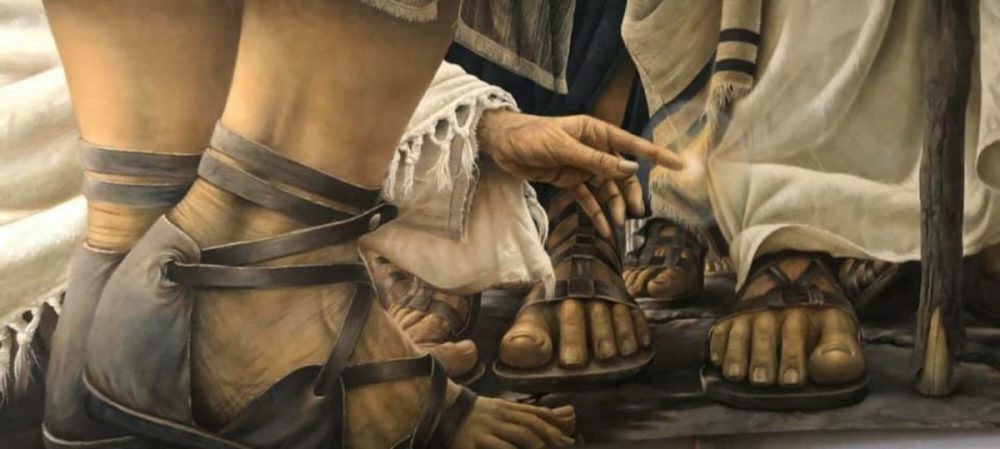In the last post, I discussed the story of the woman who touched the hem of Jesus’ garment and was instantly healed after hemorrhaging for twelve years (Matt. 9:19-21; Mark 5:24-34; Luke 8:40-48).
I mentioned that she didn’t just touch any part of the garment, but she touched the hem of his garment. The significance of the hem brings us back to the Old Testament where, according to Numbers 15:37-41, the men of Israel were required to put tassels on the corners of their garments. These tassels represented the commandments of God and were to be visible to remind them to obey all the commandments and be holy.
I also discussed that the Hebrew word for corner in Numbers 15:38 is kanaph which means edge or wing. It is the same word used in Malachi 4:2, “But for you who fear my name, the sun of righteousness shall rise with healing in its wings”. It is possible that this woman, who had been suffering these twelve years, knew these passages and understood them to mean that when the Messiah comes, He will come with healing in His wings—corners or edges of His garments. She may have felt that if she could reach out and touch the tassels (lay hold of God’s Word) that were tied to the hem (wings) of His garment she could receive the promised healing (Mark 5:28).
Since doing this study, I have done more research on how the Hebrew word kanaph was used in connection with wings. In Exodus 19:4, God mentioned that He carried Israel out of Egypt on eagles’ wings and brought them to Himself. Deuteronomy 32:11 says that God, like an eagle, spread His wings to catch Israel and carry them. The context refers to God guiding, instructing, and guarding Israel through the wilderness. There are also several Psalms that talk about hiding or seeking refuge in the shadow of His wings (Ps. 17:8; 36:7; 57:1; and 61:4). Then, Psalm 63:7 says that, because God is our help, we can sing for joy in the shadow of His wings.
Therefore, since the word translated wing in these verses can also mean corner, is it not possible that God’s wings are a metaphor for the corner of His garment upon which the tassels (His Word) are connected? If so, then could we not legitimately insert God’s Word for the word wing in these verses as we apply it to our lives? It is through God’s Word that we are delivered from bondage and brought to a knowledge of Him. God’s Word guides, instructs, and guards us from our enemies when we travel through “desert places”. And it is only as we submit to and take hold of His Word can we find refuge and experience joy when we face hardship and danger. To seek refuge in the shadow of His wings simply means that we are coming under the covering of the Word of God.
Not long ago, I received a beautiful prayer shawl for Christmas. On the four corners of that shawl are long tassels which, as we know through our study, represent the Word of God. I often use that prayer shawl during my private times of prayer as a physical reminder of what I am doing spiritually. When I am ready to go to prayer, I place the shawl over my shoulders and then lift it over my head so that I am covered. I will then take hold of the tassels on the corners of the shawl. Doing this is a symbolic act of submitting myself to the Word of God. I am seeking refuge under the shadow of His wings and committing my life and my prayers to line up with His Word.
You do not need to have a prayer shawl when you pray, but I would encourage you to find some way to remind yourself to daily submit your life to God’s Word. This is so important because we can only experience a deeper knowledge of God, deliverance, instruction, healing, or joy when we are covered by the Word of God: when we find refuge under the shadow of His wings.
